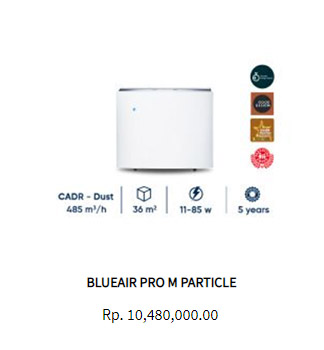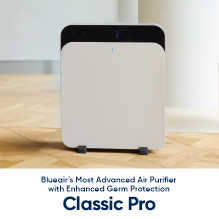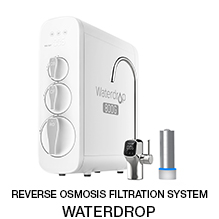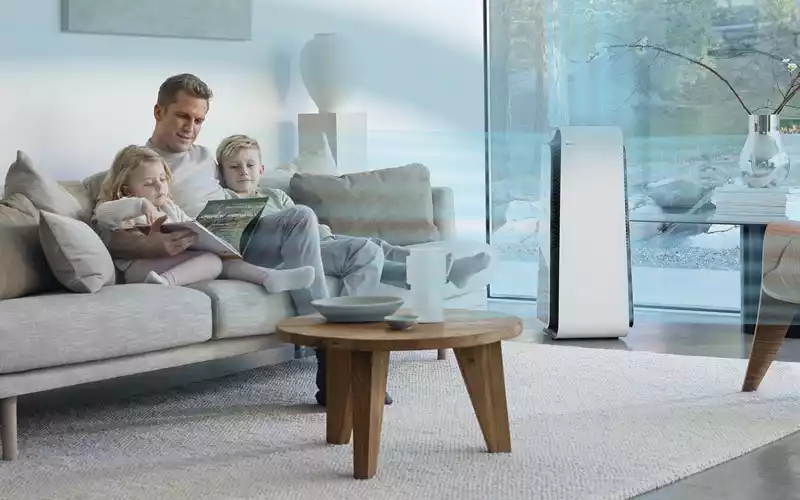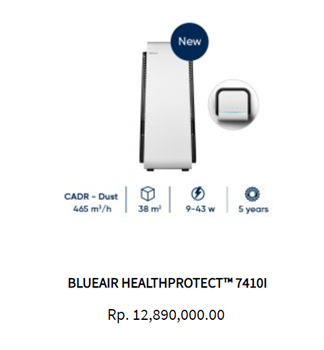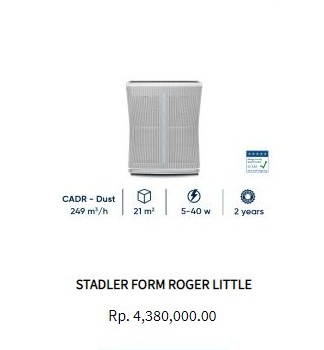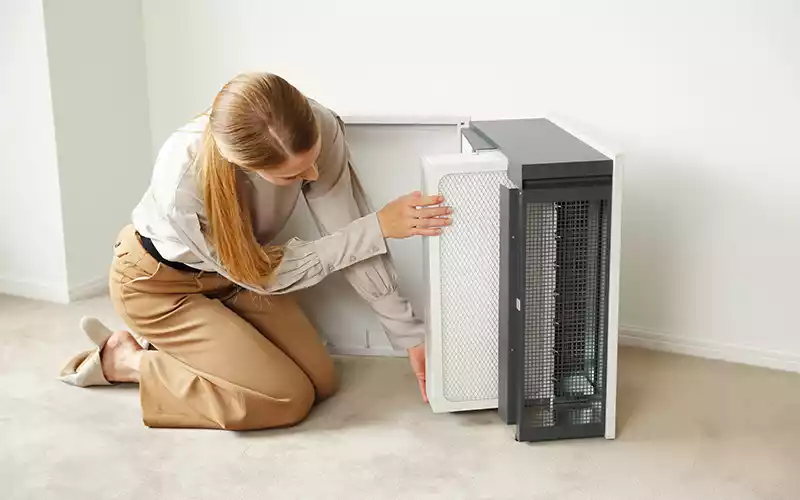-
CADR stands for “Clean Air Delivery Rate”. The higher the CADR result, the more clean air an air purifier can produce in a given time.
HEPA filter grades are often stated based on how good they are at filtering particles that are 0.3micron in size, not smaller. This is because particles of this size are the hardest to capture.
CADR reflects the overall air cleaning performance of an air purifier taking into account the technologies, designs, components used, and not just the filter media.
Marketing is annoying. Seriously, there are many tricks and ways to sell a product, not all of which are honest and fair. Although some companies promote their products with bonafide certifications and solid research, others attempt to brainwash unsuspecting buyers into believing that their products are legit, even though they aren’t. In the air purification world, some of the dodgy practices may include putting fancy labels that say “99.99% efficient!” or “equipped with ULPA15 filter!!!” to try to sound awesome, when chances are, they don’t actually mean much for those looking for a good air purifier. Sure, it’s always good to know the efficiency and grade of the filter used. However, at the end of the day, what we should be looking for is the overall performance of an air purifier. What we should be looking for is its CADR.
The not-so-long awaited sequel to the earlier HEPA article is finally here!
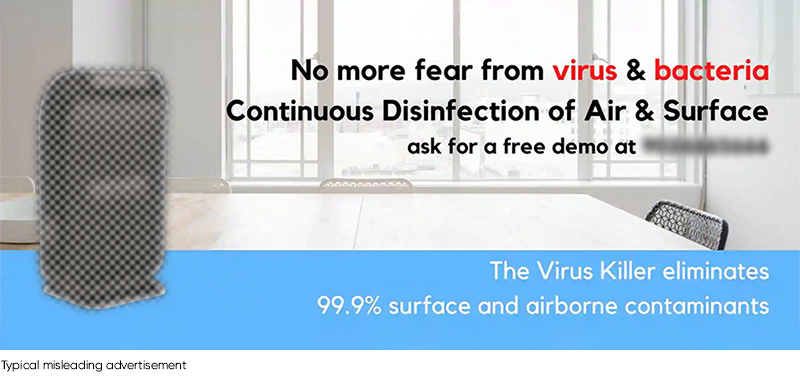
Author’s note: DISCLAIMER! Even though the information in this article is based on facts, this is an opinion piece. Just so you know, I’m not forcing my opinion on anyone and I really hope that you, as the reader, will pay more attention to the educational side of this article and be able to make your own decision after doing some of your own research. Anyways, on to the article!
What is CADR? To answer that question, CADR stands for “Clean Air Delivery Rate”. As the acronym states, it is the volume of clean air that a specific model of an air purifier is capable of producing every hour (typically stated in m3/hr or ft3/min).
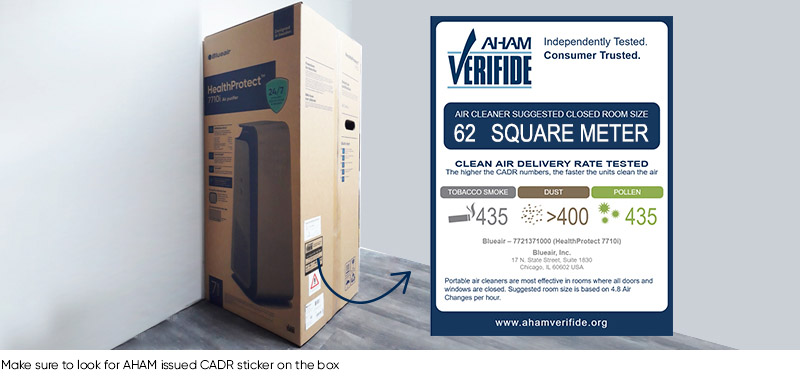
The CADR of an air purifier is determined via a test organized by the Association of Home Appliance Manufacturers in the US (AHAM). AHAM is a non-profit organization that evaluates many of the electrical stuff that you use at home. Some of these things include fridges, toasters, air conditioners, and of course, air purifiers.
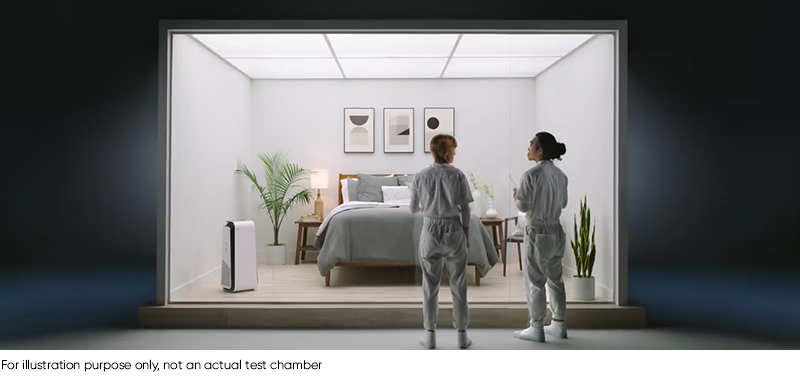
CADR tests are performed by placing an air purifier in an airtight room measuring 1008ft3 and leaving it there for 25 minutes. This room is then filled with 3 types of pollutants (of course, at different times), namely dust, pollen, and smoke, to represent different sizes of airborne pollutants. After 25 minutes the amount of air cleaned by the air purifier is measured.
CADR is considered as the de facto standard to benchmark air purifier performance of different technologies, designs, prices, models and brands. Why? It’s because CADR ratings allow buyers to easily compare between air purifier models.The ratings also allow buyers to have an idea of the actual air cleaning performance of the model and the room size it is most suitable for.
AHAM itself is a bonafide organization that is recognized by the US EPA (Environmental Protection Agency) and the US FTC (Federal Trade Commission), 2 organizations dedicated to protecting the environment and protecting consumers respectively. It is also trusted by the Consumer’s Union which is a solo organization that writes monthly articles, providing people with information and suggestions about many different products and whether or not they should buy them.
Unwary buyers are often misled to an air purifier model based on room size without realizing that recommended room size can only be determined if they know how much clean air that model can produce. The higher the CADR, the bigger the room size, and vice versa.
Just as you would not use a small aquarium filter to clean the water in a large pond, you should also find out the CADR performance of an air purifier model to know the room size it is suitable for. As a rule of thumb, an air purifier is considered to be suitable for a given room size if it can clean the air in the room 5x every hour (5 ACH). In other words, its CADR has to be 5x the total volume (not area) of the room based on an assumed ceiling height of 2.4m.
Why? Because, air within a room is in a state of constant change adding pollutants, micro-organisms and gases into that volume of space all the time. Without a high CADR, you cannot get a high rate of air changes every hour, therefore, the reduction in pollutant level will be very low, rendering the air purifier pretty much useless. This is also why you need an air purifier that is able to operate non-stop, while using very little energy and emitting low noise, but let’s safe all that topic for another day.
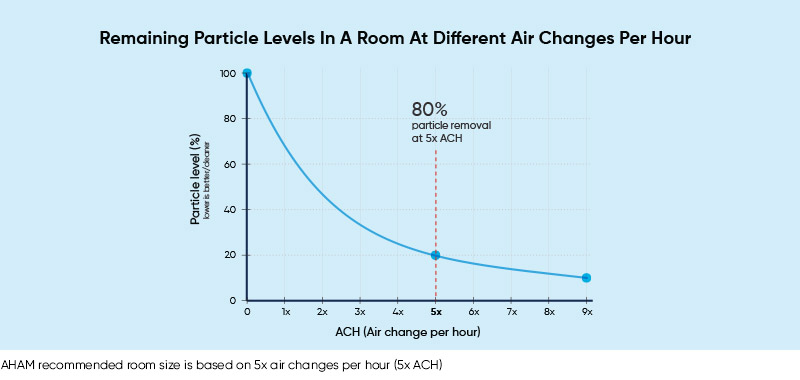
Now, some people are unaware of the importance of CADR in the world of air purification. They are led to focus on the type and grade of the filter media instead of the CADR of an air purifier. Since filters have been explained in the previous article, it’s best to summarize it a bit here
A filter media is the main component in an air purifier that captures particles. Filters capture particles via straining (when particles get caught in between the filter fibers), interception and impaction (when particles in the air flow get stuck on the fibers), and diffusion (when very small particles bounced around in a Brownian movement and crashed into the fibers).
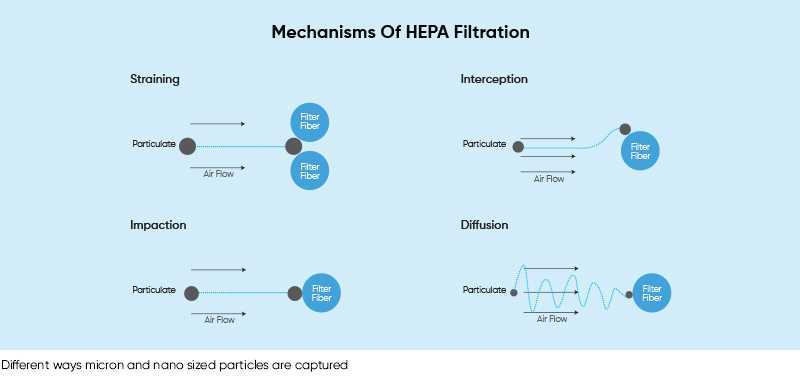
Filter grades are determined by how well they filter out particles the size of 0.3 microns. You might be wondering why filter grades only evaluate the filtration of 0.3 micron sized particles. For some sciency reason, particles of that size are hardest to capture because filtration isn’t exactly a singular process. It’s a cross between straining, impaction, interception and diffusion, which are very weird processes combined. Straining, impaction and interception do really well in filtering particles above 1 micron. Whereas diffusion works really well in filtering those under around 0.1 microns.
It is where two mechanics; interception and diffusion intersect, lie the hardest particle size to capture, which is around 0.3 microns. That is because this particle size is not small enough for diffusion to take full effect, yet also not large enough for straining to work its full strength.
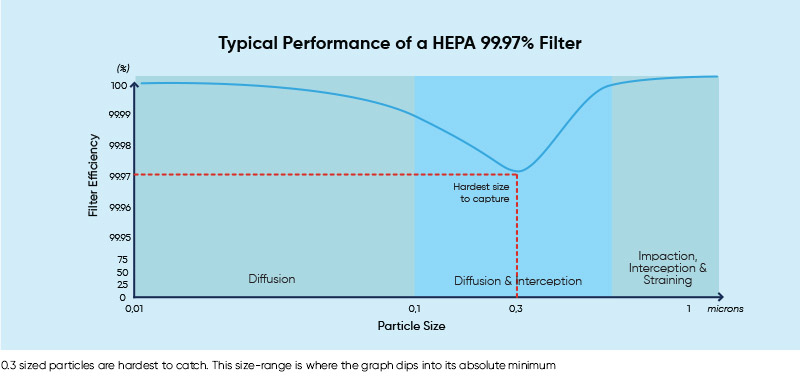
For the unsuspecting buyers, selecting an air purifier with a high-grade filter seems like a sensible choice. Sadly, this turns out to not necessarily be true.
A high-grade filter, doesn’t equate to more filtered air. Chances are the high-grade, high-efficiency filter will restrict airflow and result in only a small amount of air actually making the journey out of the air purifier. Similarly for air purifiers that claim to use multi-filter, multi-stage filtration. The more stages, the more layers that the air needs to go through, thus restricting airflow. So while you do get clean air, the amount of air that makes it out is usually very low.
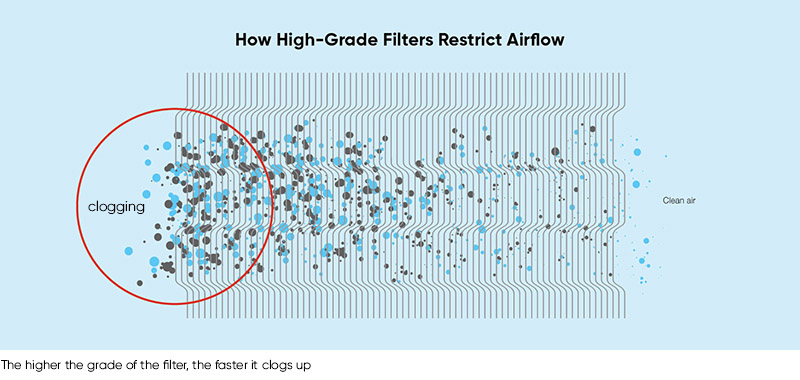
Well, since this is almost the end of the article, allow me to summarize its basic takeaways.
Number 1: It’s always good to know the efficiency and grade of a filter, but it’s more important to know the CADR of an air purifier.
Number 2: The CADR of an air purifier is determined via a test organized by AHAM, an independent organization that represents manufacturers of home appliance manufacturers (as said in the name AHAM) in evaluating the performance of their products.
Number 3: People usually look at filter grades or filter efficiency ratings instead of the air purifier’s actual air cleaning performance; CADR. Don’t do that, filter grades only the show you the theoretical capability of the filter media in capturing 0.3 micron-sized particles. It doesn't give you an accurate picture of the actual result and performance of an air purifier as a system.
Number 4: There is no number 4. For the last time, I just want to say that marketing is annoying. There are so many fake claims, misleading information revolving around many products including air purifiers. Many prospective buyers do not know what they should be paying attention to and why. This is why this specific article exists. To help people understand what is important to consider when searching for a good air purifier. Thanks for reading and stay tuned for more articles!
SECRET Author’s note: If you skimmed… please don’t. There are some parts that takes a while to explain and the final summary is just brushing the surface of these topics. Feel free to read the article again and again if you’re unsure about something. If you’re still unsure by then, please contact the experts at Higienis Indonesia for clarification. Again, thank you for reading this article! - Uma :D
Written by Uma Rahardja (14-year-old)
In conjunction with #Freedomtobreathe campaign by Blueair, Higienis Indonesia invites kids to voice their understanding and thoughts on air pollution, its adverse health effects, as well as mitigating actions required.
Disclaimer: The author of this article has given full consent to publish their writing on www.higienis.com. The opinions expressed in this article are that of the author’s own and do not entirely reflect the view of Higienis Indonesia. Any content provided by the author does not intend to malign any brand, company, organization, or individual.
SOLUTIONS
